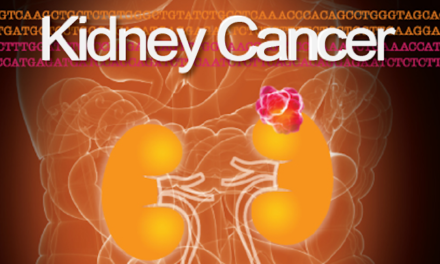
Second-Line Treatment of Metastatic Renal Cell Carcinoma: Systematic Review and Network Meta-Analysis
Abstract
Several agents have been approved for patients with mRCC who have failed to a first-line VEGF-targeted therapy. No direct comparisons have been performed between those agents. We have performed a systematic review and network meta-analysis to compare and rank the regimens available for second-line treatment in terms of its efficacy and toxicity.
A systematic search was carried out in MEDLINE, Cochrane Central Register of Con-trolled Trials and EMBASE. Our primary objective was overall survival (OS). Secondary endpoints include progression free survival (PFS) and toxicity. Inclusion criteria were: phase II or III randomized clinical trials comparing any second-line treatment regimen in patients who had progressed to first-line VEGF-targeted therapy. Biomarkers studies or trials using other immunotherapies rather than immune checkpoint inhibitors were excluded from this analysis. Network meta-analysis [multiple treatment comparison (MTC)] was performed using a Bayesian methodology. MTC estimates use direct and indirect evidence across studies to yield relative comparisons among all included arms for the outcomes of interest. Based on their relative comparisons [relative risks (RR) or hazard ratios (HR)] with their associated credibility intervals (CrI), treatments were ranked, showing the probability of each arm being the best (or the worst) for each outcome.
Literature search retrieved 1410 studies. Of these, only 7 clinical trials met inclusion criteria. Ten treatment arms were identified: axitinib, levatinib, lenvatinib + everolimus (LEV+EVE), everolimus, temsirolimus, sorafenib, nivolumab, cabozantinib, apitolisib and placebo. Temsirolimus and everolimus were arbitrarily considered as a single arm called “mTOR inhibitor”. Overall, the network analysis included 3034 patients. HRs are described in table 1. No significant differences in OS were observed across cabozantinib, LEV+EVE and nivolumab arms. However, in terms of PFS nivolumab was found to be inferior when compared to LEV+EVE and cabozantinib. In the ranking for OS and PFS, LEV+EVE had the highest probability of being the most effective second-line treatment (68.56% and 86.49%, respectively). Nivolumab was ranked as the safest regimen with 100% probability with a relative risk reductions of 62% and 56% in relation to LEV+EVE (RR 0.38; 95% CrI 0.23-0.55) and cabozantinib (RR 0.44; 95% CrI 0.32-0.56), respectively.
In this indirect comparison, no significant differences in OS were observed between agents. Nivolumab was the less toxic treatment strategy in this clinical scenario.
Authors: Carolina Cauduro | Pablo M. Barrios | Pedro Crivelaro | Luiza Doro | Gabriel Lenz | Márcio Debiasi | André P. Fay
Journal: Kidney Cancer, vol. 2, no. s1, pp. I-S50, 2018


